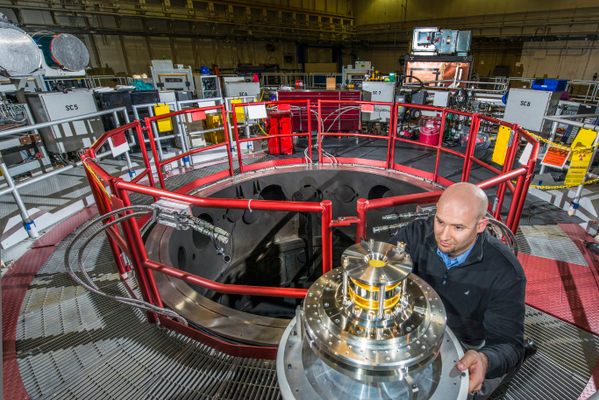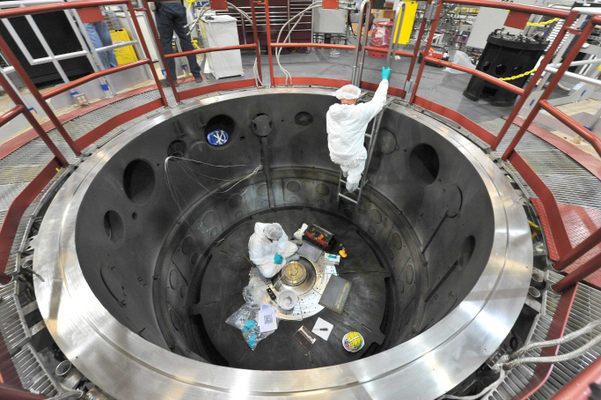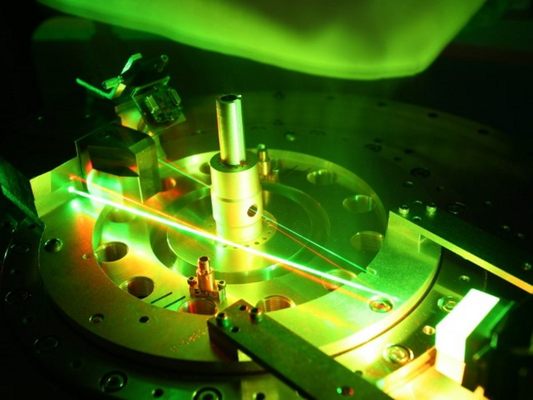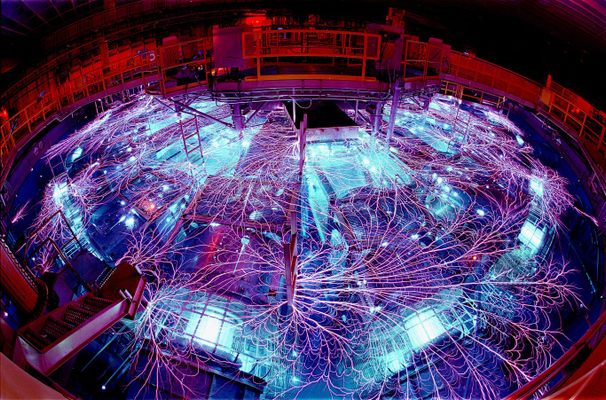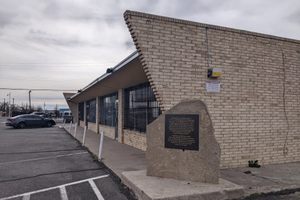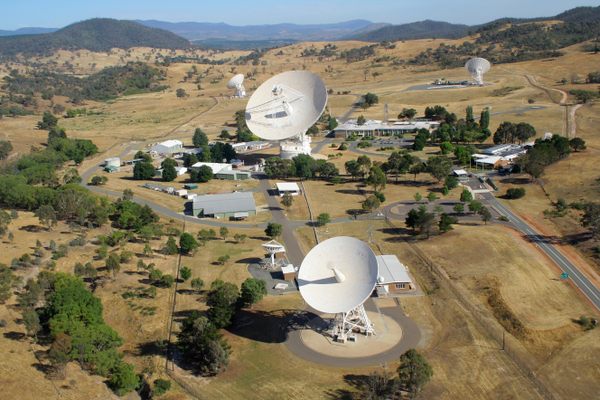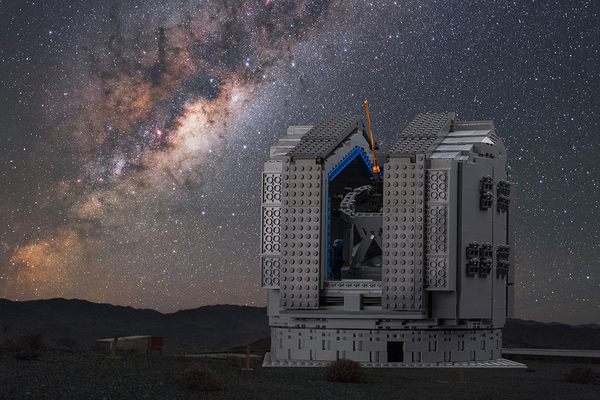About
Inside the Sandia National Laboratories research facility sits a machine of mind-boggling capacity: the Z Machine, the most powerful and efficient laboratory radiation source in the world. Capable of creating conditions found nowhere else on Earth, the machine can produce the same dense plasma found in white dwarf stars.
When the switch is flipped, 20 million amps zap a target at the heart of the machine, striking it with more than 1,000 times the electricity of a lightning bolt, at 20,000 times the speed.
Inside the target is a small metal container known as a hohlraum, which contains hundreds of tungsten wires, each thinner than a human hair. The wires are dissolved into plasma, the “star stuff” that researchers are so keen to explore right here on Earth.
In the 1970s, the Department of Energy was looking into ways to replicate the fusion reactions of thermonuclear bombs in a lab environment. That, as you can perhaps imagine, was no easy task and, to quote The Martian, the eggheads involved knew they were “gonna have to science the shit out of this.”
A series of first-generation machines were built over the next 20 or so years, finally leading to the creation of the Z Pulsed Power Facility, informally known as the Z Machine, in October 1996. The science behind all this is hugely complex, with terms like Z-pinch, Lorentz forces, plasma compression and MHD instability. It’s best explained by Sandia National Laboratories, for those curious to learn how it all works.
The results of each blast are used for a variety of scientific purposes. There’s weapons research, naturally, including creating data for computer modeling nuclear weapons. This helps to gauge the reliability and safety of the U.S. nuclear stockpile as it ages.
The Z Machine is also helping scientists take important steps forward in the pursuit of fusion energy. In 2014, researchers at Sandia said they had detected significant numbers of neutrons coming from their experiments as a byproduct of the fusion reactions. This in turn has shown some progress toward the ultimate energy goal: the production of more energy than the fusion device actually takes in.
Looking beyond Earth, the research can also help us to better understand the universe. The Z Machine is being used to answer the question of how stars are formed, and what exactly is going on at their cores. The machine is also being used to study the X-ray spectra, research that is upending some long-held theories about the ions in the accretion discs of black holes.
Related Tags
Know Before You Go
While it is possible to visit Sandia National Laboratories, the Z Machine remains off-limits to the public. Just getting inside the site also involves a fair amount of red tape, details of which you can find on the Sandia website.
Community Contributors
Added By
Published
July 12, 2018
Sources
- http://www.sandia.gov/z-machine/about_z/how-z-works.html
- http://techland.time.com/2012/08/10/z-machine-produces-six-times-the-worlds-energy-to-create-white-dwarf-star/
- http://www.sciencemag.org/news/2016/11/touch-thermonuclear-bomb-fuel-z-machine-could-provide-fusion-energy-future
- http://www.sciencemag.org/news/2014/10/z-machine-makes-progress-toward-nuclear-fusion
- https://newatlas.com/black-hole-theory-wrong/51123/
